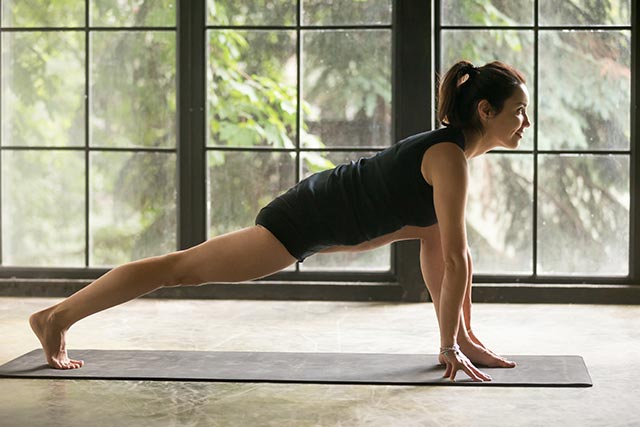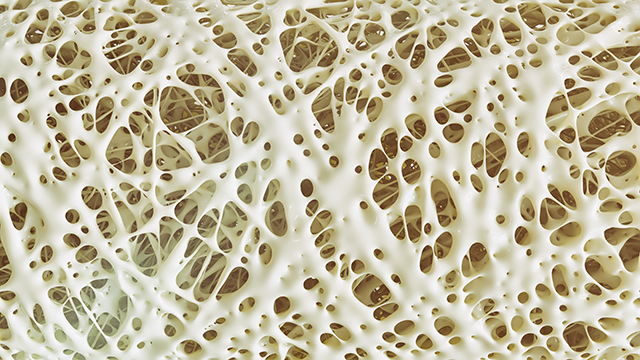Make the most out of your workouts by focusing on movement instead of muscles
02/12/2020 / By Zoey Sky

A lot of fitness buffs often focus on building their muscles when working out. But it turns out that focusing on movements instead of muscles can net you better results and can help you make the most out of your workout session.
The movement-focused approach
Children do most things instinctively. If a child drops a toy on the ground, he will reach down with heels flat on the floor and his butt near the ground. The child will keep his chest up and his back arched. Doesn’t his posture look like a perfect squat?
Now, ask an adult to pick something up. He will probably put his spine in an uncomfortable position and bend at the hips, with a rounded back.
Unlike the child who instinctively knows how to move his body, an adolescent can be conditioned by the adults around him to move a certain way until he gets used to uncomfortable and often unnatural movements.
Kinesiology, the academic discipline that guides human understanding of exercise, studies movements and not muscles.
Kinesiology brings together various fields, such as fitness and exercise science, physiology and even neuroscience. Kinesiologists study how people of all ages and fitness levels use their motor skills in their daily lives.
Kinesiology is usually applied to:
- Fitness
- Physical education and rehabilitation programs (for those with diseases, disabilities or injuries)
- Sports management
However, people have gotten used to focusing on muscles while working out. This could be the reason why a muscle-focused approach isn’t helping you achieve your fitness goals.
Before the heyday of health and fitness, lifting weights was uncommon. When the mid-20th century rolled around, knowledge of human performance evolved and health experts found that resistance training is essential for optimizing it.
These days, weight training has become more popular. People who work out several days a week, daily gym-goers and professional athletes now lift weights to keep their bodies in great shape.
Experienced athletes train to become more efficient within a certain movement while the modern fitness industry tends to focus on the muscles that perform these movements, such as your biceps, triceps, glutes and quads.
But if you truly want to make your workout more efficient, consider structuring your routine by patterns of movement, like a horizontal push, hip hinge or anti-lateral flexion. Doing so will help you reach your goals faster and more efficiently.
A movement-focused workout will also lower the risk of injury since these movements are the most natural for humans. (Related: Maintaining wellness: The importance of stretching and staying limber.)
Sample movement-focused workout
To apply movement-focused training to your own workout routine, go back to the basics.
Strip down every exercise to its basic pattern of human movement. For example, instead of focusing on your shoulders, think “vertical press.” Instead of a deadlift, focus on a “hip hinge.”
Practice your new movement-focused routine with this full-body workout.
1. Hip flexion
- Dumbbell goblet squat – Do 3 sets of 10 reps.
- Bulgarian split squat – Do 3 sets of 12 reps per leg.
- High box dumbbell step-up – Do 3 sets of 12 reps per leg.
2. Horizontal push/pull
- Lying single-arm chest press – Do 3 sets of 10 reps per arm.
- Bent-over single-arm row – Do 3 sets of 12 reps per arm.
- (Circuit) standing resistance band chest press with standing resistance band row – Do 3 sets of 12 reps each.
If you’re a beginner and you’re not sure where to start with strength training for fitness or weight management, you can get help by checking online tutorials. Another option is to read books on fitness or consult trustworthy trainers who can teach you the proper techniques for movement-focused training.
Your routine doesn’t have to change drastically. You just need to get used to having a different mindset for your exercises.
Instead of exercising to target a specific muscle, think of the movement patterns involved in your workout routine. You’ll have better results, improve your performance and boost your overall health – the ultimate fitness goal.
Sources include:
Tagged Under: exercise, fightobesity, fitness, kinesiology, longevity, movements, muscles, physical activity, slender, strength training, weight lifting, weight loss, workouts
RECENT NEWS & ARTICLES
COPYRIGHT © 2017 MENS FITNESS FOCUS



















